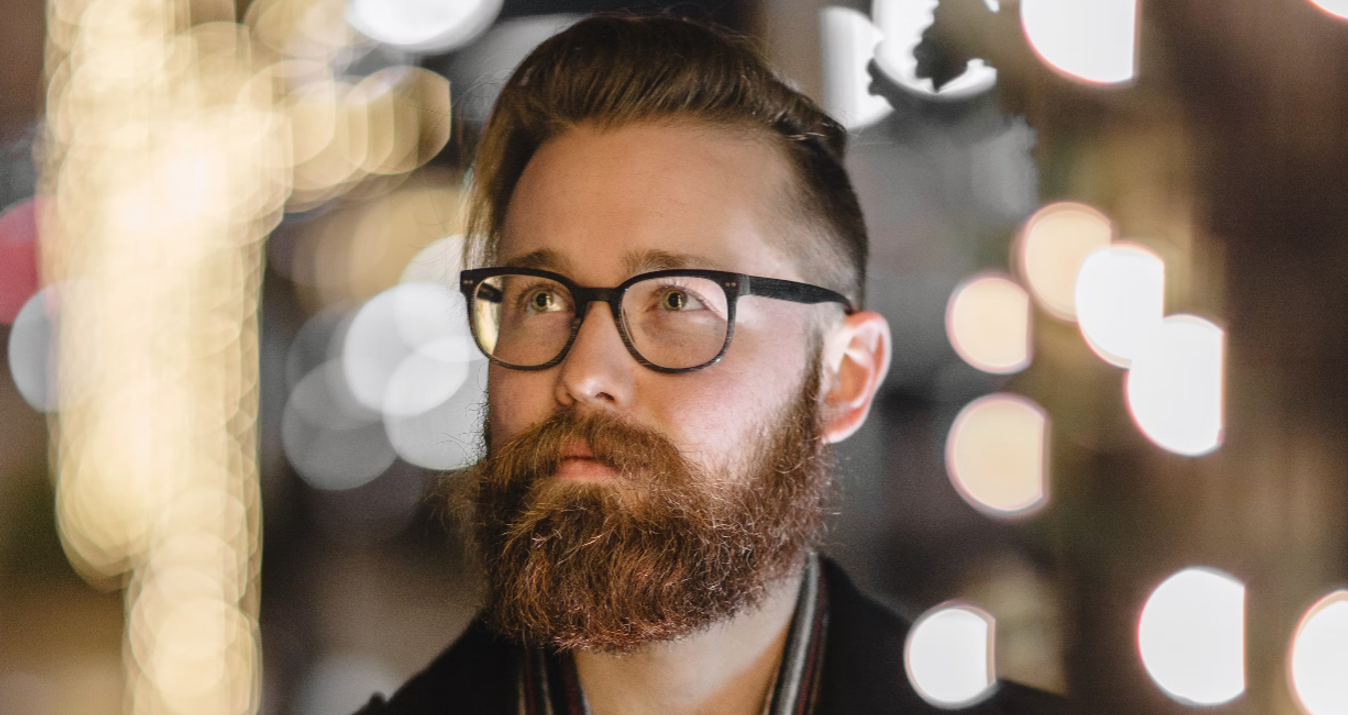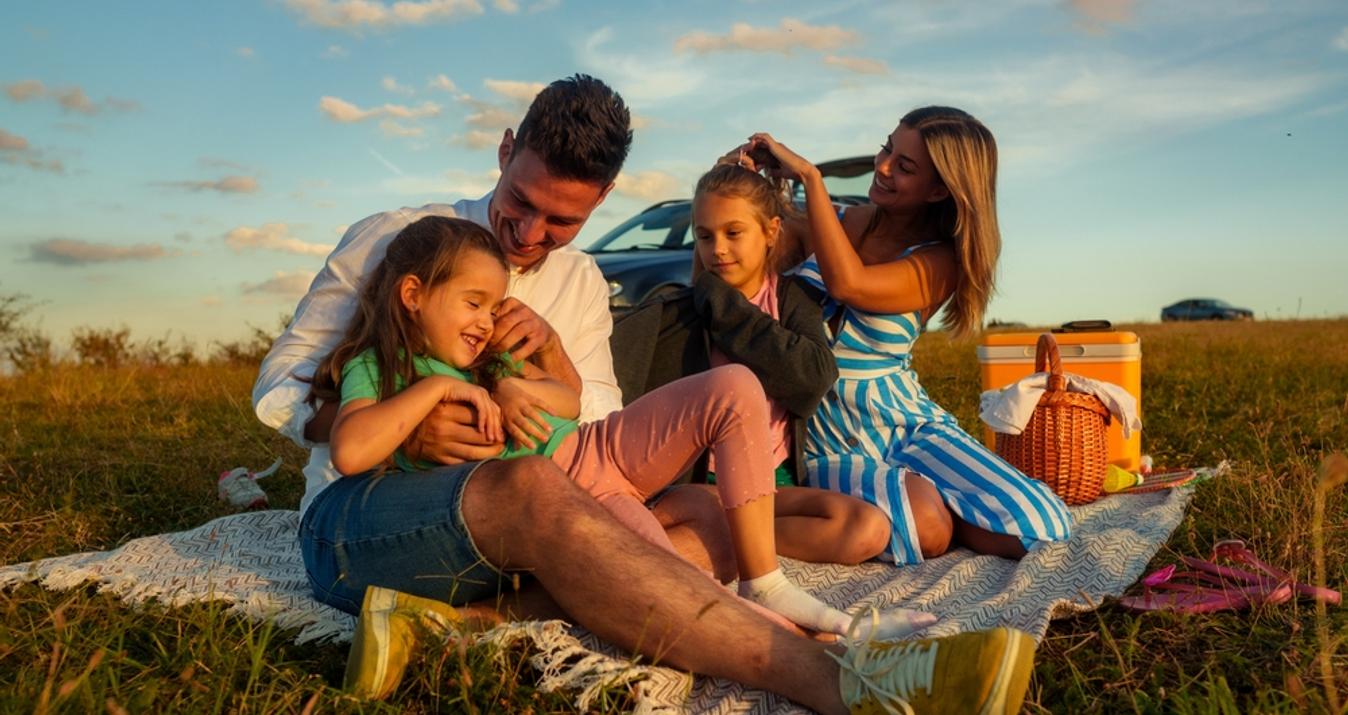Natural Light in Photography: The Best Tips
June 29, 2017

In this Skylum article, we’ll cover different aspects of natural lighting — like color, quality, and direction — and how to experiment with it.
When it comes to photography, lighting is one of the most crucial tools in a photographer’s toolbox. After all, precisely it sets a certain mood for the image: dramatic, melancholic, calm, or joyful. There are different types of light that photographers use when shooting. But almost all professionals prefer one of them. They adore working with natural light since it is one of the most beautiful.
Though the spectrum of natural lighting may at first seem simple and fixed (like dark or bright, night or day) there are a few factors that you can learn to explore and experiment with. They’re an effective solution that can improve your photography in a short period of time, giving it the desired attractiveness. These factors, ultimately, can help you fine-tune your craft and get the precise shot you’re eager to snap.
What is Natural Light in Photography?
Natural lighting in Photography is exactly the lighting we see every day. It comes mainly from the sun. Photographers also use lighting from the moon, fire, hot lava from an erupting volcano, Aurora Borealis, and other sources of natural light. It can be either directly outdoors or come into the room through windows.
It is the most common natural phenomenon, the quantity and quality of which varies depending on the weather, time of the day, and other factors. For example, in the afternoon the sun's rays provide full bright lighting and sharp shadows, and in the evening and morning soft colors and textures.
The best natural light can be captured during the so-called “golden hours”, that is, after sunrise and before sunset. During this period, it diffuses softly with warm notes, which inspires photographers to pick up the camera and go on a photo hunt in natural places.
What is Natural Light in Photography Used For?
Both professional photographers and amateurs around the world often use natural light in their shoots. Why is it so popular? There are several reasons:
- Absolutely free method. Since the sun itself is the source of light, you don’t need expensive equipment to shoot because there is already enough light. This is great news if you’re just starting your way in the photography industry and don’t have a big enough budget.
- Easy and convenient to use. Have you already learned how to use natural light and know how to calculate the perfect time to capture the beach, mountains, lakes, people's faces, and other objects? Great! Then shooting will be an easy and enjoyable pastime for you. All you need to do is show up at the right place at the right time with your camera, set a good angle, and capture the surrounding beauty without much effort.
- Available both outdoors and indoors. Being outdoors you get some effects and indoors – other, very interesting ones, which can become a highlight of a portrait, interior, or product photo.
- You have different types of natural light. Depending on the weather conditions, you get a wide range of light: diffused, soft, cold, warm, and intense. It’s like a breath of inspiration that allows you to discover your abilities in almost any genre of photography.
Overall, natural light is an important element that in the skillful hands of a photographer turns into a powerful tool. The tool adds more depth, texture, and a certain tone to images. By choosing the right time of the day and appropriate angle you can achieve an amazing effect, whether soft, diffused, or dramatic.
What are the Characteristics of Natural Light?
Pictures with natural light are becoming more and more popular. It is used by both professional photographers and beginners because it is the simplest form of light that can be changed due to certain characteristics, namely color, quality, and direction. Let’s consider each of them below.
The Quality of the Light
When it comes to the quality of light, light can be broken down into hard light or soft light. Each of them gives a special mood. So, what do natural hard and soft light in photography means, and how you can play with them when shooting? Let’s take a look at it below.
Hard light is harsh and tends to occur when the sun is high in the sky on cloudless afternoons — producing dramatic shadows. It can make shooting situations tricky, but this doesn’t mean you have to stray away from it.

Instead, you can use naturally hard light in a creative way. Everything is simple. Improve your photo with natural light when you are in the park, wood, or indoors. Catch the right moment when it’s a sunny day. For example, experiment with hard light as it streams through trees or sneaks its way in through an open door. With hard lighting, you can also choose to capture your subject from a low angle to reveal texture and form.
Soft light is flattering and tends to be the thing many photographers search for when trying to capture that golden glow that occurs right around sunrise or sunset when the hard lighting of the day or the dark lighting of the night has faded.
Most clients who order shoots from a professional photographer consider that the best natural light for photography is soft. After all, such shots show the authenticity that is necessary when a dynamic life is filled with many artificial things.
Soft light is pleasing to the eye and gives a smooth and ethereal brightness to your subjects with less contrast than its hard lighting counterpart.
The Color of the Light
When planning to take photos with natural light, consider such a factor as color. After all, there is one important nuance here. Unlike the reliability of knowing what color artificial lights will cast in the studio, playing with natural light makes things a bit more unpredictable.

As we have already mentioned above, natural light pictures are absolutely different depending on natural factors. So, consider it when you’ll go for a photo shoot. Thus, the color of your light will change depending on the time of day, the season, and the weather. In the fall you may experience a golden-yellow warmth outside. Perhaps in the winter, snow-blanketed surroundings will provide a bright white glare. As the sun rises, you may find a subtle blue glow that covers every inch of your atmosphere.
When it comes to the color of the light, you can experience white balance settings, like daylight, cloudy, or shade. You can also explore Shooting in RAW and editing the white balance or add light to photo online in your post-processing phase using a beginner’s guide to natural light.
The Where’s and How’s of Light
Where your light is coming from is equally as important as what sort of light it is. Think of how different your subject may appear if you place it on your front lawn with the hard afternoon sun beating down on it, versus if you place that same subject on the kitchen floor in the same hard afternoon sun that’s only streaming in slightly through an open door.

Where you put your subject and how you put them there is something to keep in your back pocket when considering playing with natural lighting. In this case, there is one question that is of particular concern to beginners. How to do natural light photography right by considering such an aspect as direction? Now we’ll explain everything to you.
Backlighting, for example, is created when the light source is behind your subject. It’s a dramatic sort of lighting that makes for a powerful image — and is wonderful for landscapes and architecture.
Front lighting, on the other hand, is less dramatic and is used to illuminate your subject. You’ll rarely see it in images with a complex composition. As natural light photography examples show, often the choice for simple portraits, will give you fewer shadows and softer photos.
Side lighting allows you to explore another creative aspect of photography — one that emphasizes texture, depth and popping patterns (a fun choice for experimental portraits).

Natural Light Photography Tips and Tricks
Natural light is difficult to control, which is why it’s a bit of a challenge for beginners. But there are some simple secrets that will help you befriend it and create real masterpieces.
1. Shoot at the Golden Hours
One of the most valuable outdoor natural light photography tips is to pick up the camera and capture nature during the golden hours we mentioned above. At this time, sunrise and sunset provide soft and warm lighting that creates a wonderful dramatic effect.
2. Use a Reflector
Although natural lighting doesn’t require any additional equipment, you need one useful thing. This is a reflector, a kind of rounded screen with a silver coating. It helps to direct natural light in the direction you need.
3. Experiment with Shoot into the Sun
Another natural light photography tip is to shoot the main object directly into the sun. Such a trick creates a lens flare that floods the photo, making the image softer.
4. Turn the Cloudy Weather into an Effective Tool
It’s not necessary to wait for sunny weather to go on a photo hunt. Dark clouds and raindrops contrasting with yellow leaves or blue sea give the photo a powerful force and a certain drama.
5. Play with Shadows
The last natural lighting photography tip for today is to experiment with shadows. The middle of a sunny day is the perfect time for this. It is during this period that natural light is the hardest, and therefore you have a unique opportunity to cast interesting shadows on a person, interior items, or certain products.
Conclusion
When it comes to your natural lighting options, experimenting and exploring is the name of the photo game. At Skylum, we hope covering these lighting basics has your mind thinking and your creativity igniting.
From us all — thanks for reading! Now go catch the light.
FAQ
What is natural lighting in photography?
This is light that comes from the sun, moon, fire, or another natural source.
How do you make natural light photography?
To get great shots you need to go to a location with a lot of natural light (park, field, or beach) during the golden hours, taking a reflector with you.
What is the best natural lighting for photography?
It all depends on the effect which you want to achieve. For example, if you’re planning to create photos with eye-pleasing softness, soft lighting in the gold time is the best solution for you. Do you want to experiment with different shadow patterns? Natural hard light in photography at midday will help you to achieve amazing results.
What lighting is closest to natural light?
There are three types of lamps that give the light that is closest to natural light: LED, halogen, and daylight bulbs.
What color light is most natural?
Neutral white and warm yellow are considered the most natural colors because they’re pleasing to the eyes.





